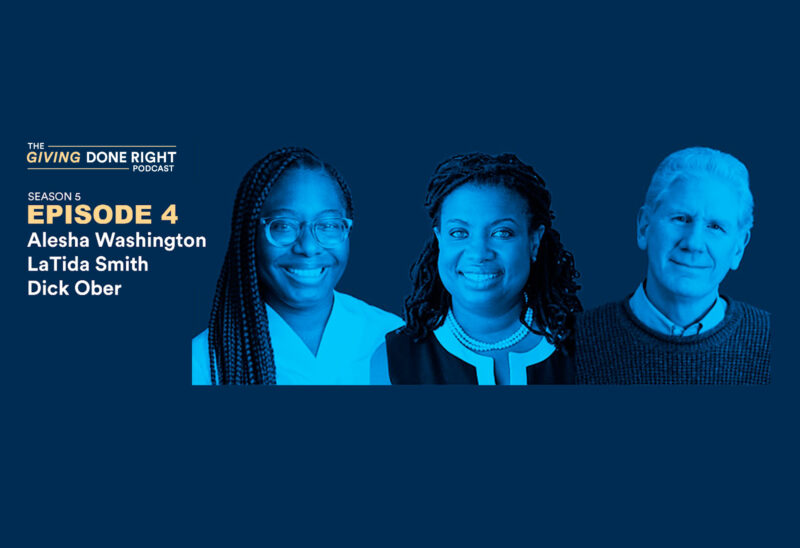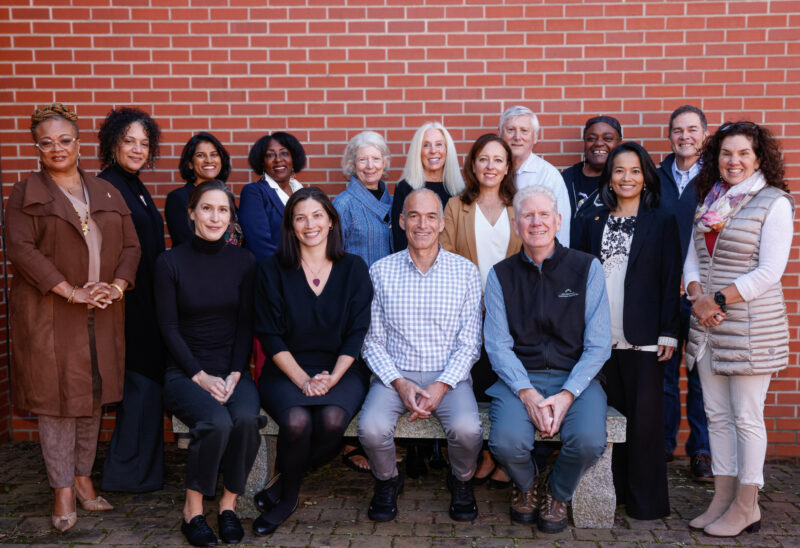First in the nation is not always a good thing.
Take drinking and drugs, for example. A third of New Hampshire residents between the ages of 12 and 20 have used alcohol in the past 30 days. That makes our state #1. We’re #2 in kids smoking pot and #3 in binge drinking.
And it’s not just youthful mistakes. Excessive drinking among adults cost the state $1.15 billion in 2011. Business bears the brunt of that waste through absenteeism and poor performance. Taxpayers pick up the rest, usually after it gets very expensive. Fully 85 percent of state prison inmates have drug or alcohol problems or both. Drug-related deaths have quadrupled since 1995. Some employers can’t fill jobs because otherwise qualified candidates can’t pass the drug test.
Addiction drives our toughest problems. Larceny. Domestic violence. Homelessness. Underemployment. Co-occurring mental illness. Child neglect. “This is our biggest problem of the day,” Attorney General Michael Delaney told reporters in February. “Alcohol flows like a river through my courtroom,” said Judge Ned Gordon.
Where we lead in the problem, we trail in answers: Only 4 percent of our neighbors who suffer from addiction get help. Imagine a figure like that for cancer or diabetes. Addiction is not a lifestyle choice or a moral failing; it is a chronic disease. And only Texans are less likely to get treated for it than Granite Staters. Forty-eight states do better than we do.
I cite these stats a lot, and the reaction is often the same, even among long-time state leaders. “Really? Are you sure?”
Yes, we are sure. And we are doing something about it.
Guided by our vision for New Hampshire and fueled by a generous donor, the New Hampshire Charitable Foundation is leading a statewide strategy to reduce addiction and the havoc it creates. “Collective Action, Collective Impact” is a five-year plan created by the Governor’s Commission on Alcohol and Drug Abuse Prevention, Intervention and Treatment. That commission is chaired by Tym Rourke of our staff, who oversees $2.5 million annually in related grantmaking at the Foundation from a family of funds established by Dorothy and Oliver Hubbard.
This work demonstrates the Foundation’s core strengths:
- Treatment helps address the fierce urgency of today and prevention will reduce the problem tomorrow.
- We act statewide and locally through regional prevention networks and an ecosystem of collaborators committed to the same goals.
- We lever our philanthropic capital through collaboration, public policy and innovation. In the past three years, your Foundation has helped bring $21 million in federal and national foundation support to New Hampshire communities.
- We bring a wealth of knowledge, thanks to Tym’s leadership and the Foundation’s two largest grantees — New Futures and the New Hampshire Center for Excellence.
- We collaborate through a network of nonprofits, public agencies and everyday citizens across the state.
Our Foundation is making focused and long-term investments like this in other areas as well. We are supporting young children and entrepreneurs in the North Country; preparing talented New Hampshire students for 21st century careers by funding scholarships in science, technology, engineering and math; giving voice to low-income residents; exposing more kids to environmental education; and helping nonprofits get more from high-end volunteers.
Focused strategic initiatives like these are only one way the Foundation inspires greater giving and builds stronger communities. Every day we connect donors with effective organizations in the fields they care about. In 2012 we awarded more than 3,000 grants for a near-record $28 million. We funded operations, collaborations and new ideas and innovation wherever we found them. Scholarships went to 1,700 students, making this Foundation the largest provider of unrestricted student aid in the state.
There are plenty of numbers New Hampshire should celebrate — having the first all-female congressional delegation and being the best state to raise children come to mind. But if we are to meet the real challenges ahead, we must be as clear about where we fall short as where we succeed. Being first is fine, as long as it is in solutions and not problems. That’s where innovation comes in. That’s where collaboration wins. And that’s where our vision and commitment to community are taking us.

This article originally appeared in the 2013 Spring/Summer Purpose Newsletter.











![Charitable Foundation President Dick Ober [Photo by Cheryl Senter]](https://www.nhcf.org/wp-content/uploads/2023/12/dick-ober-purpose-fall-winter-2023-800x548.jpg)




